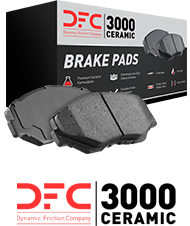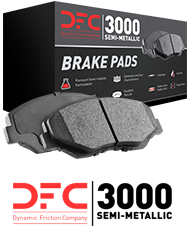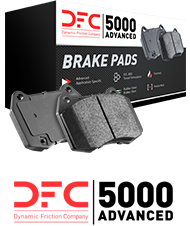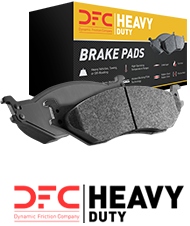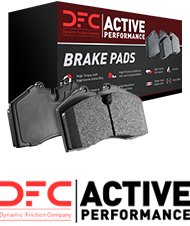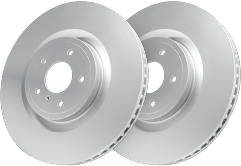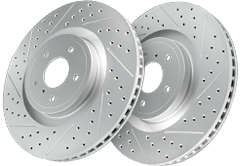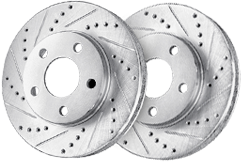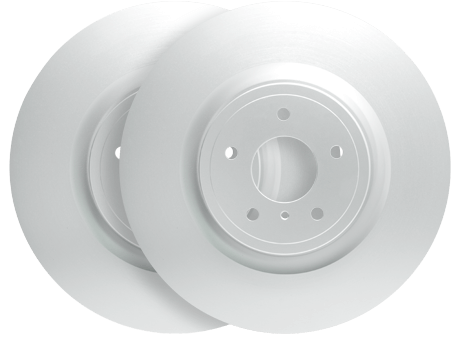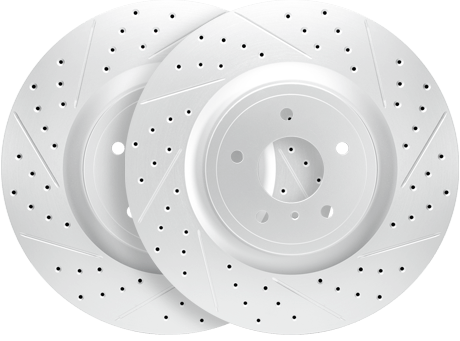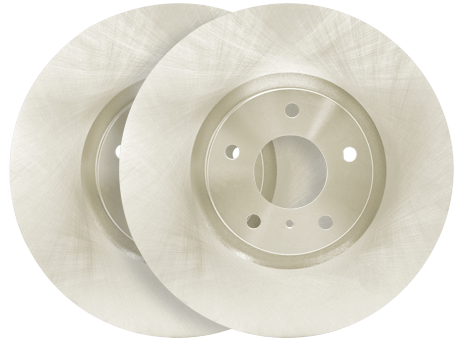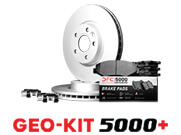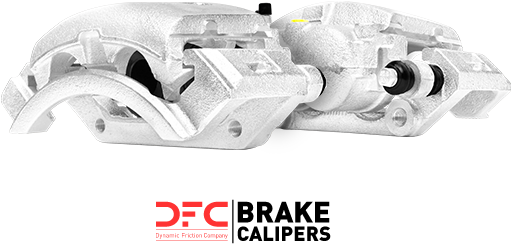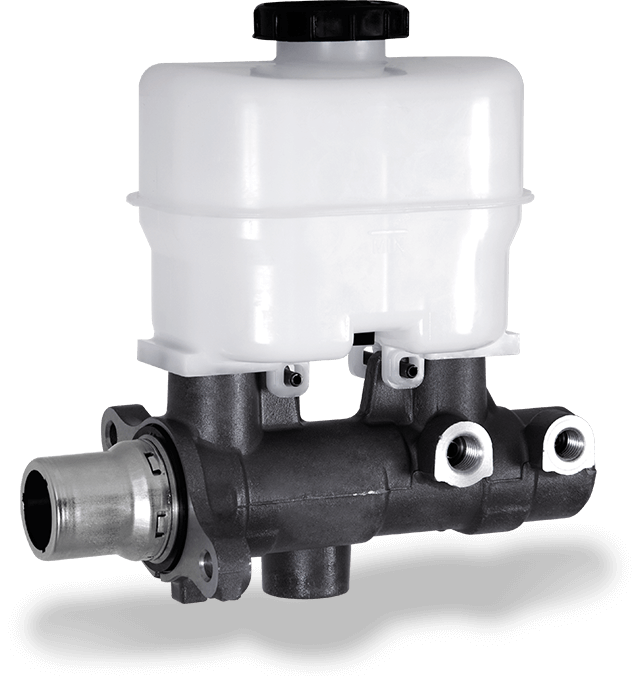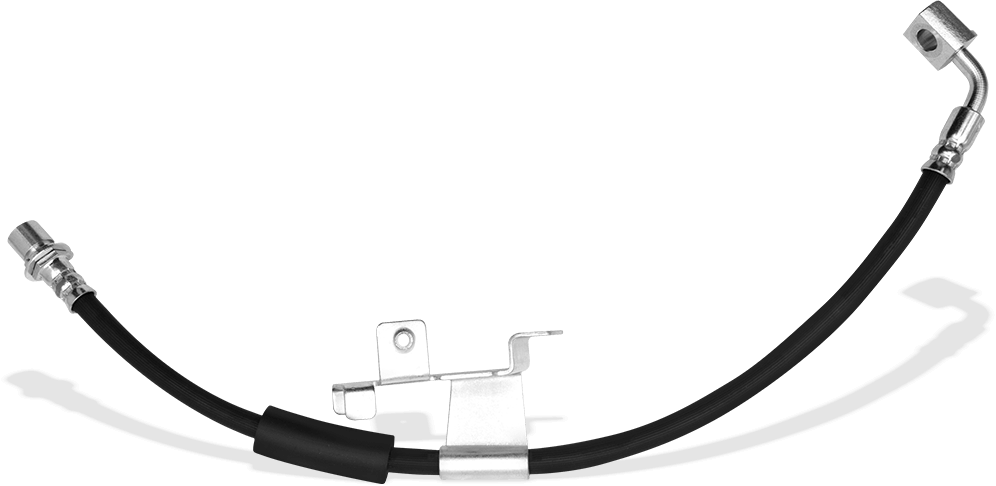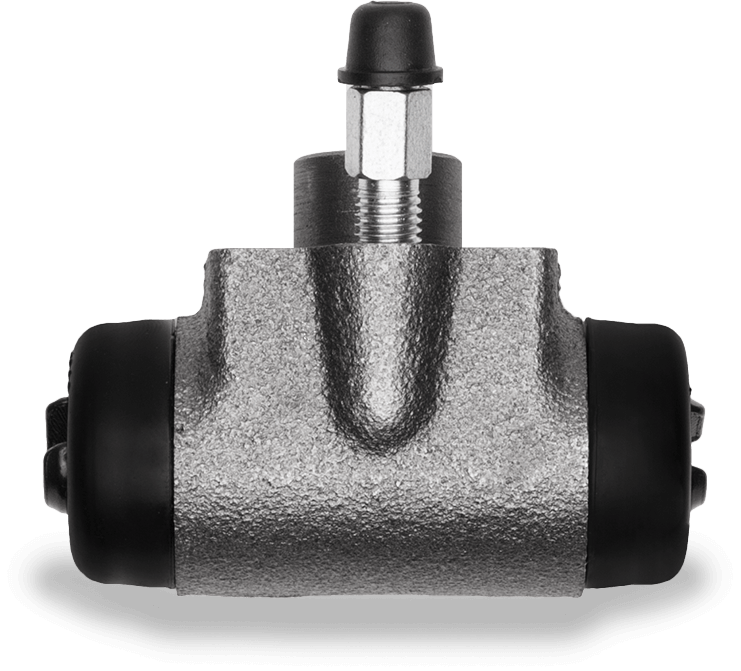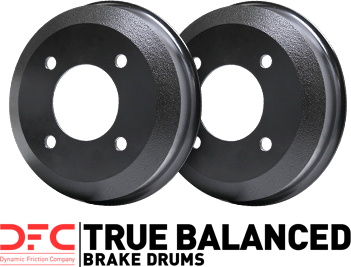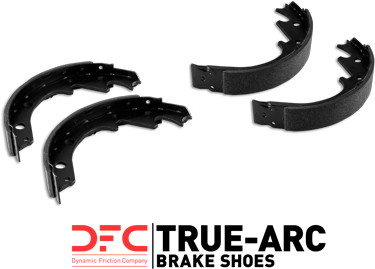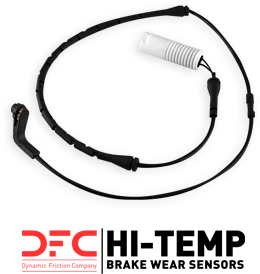Seeking straightforward advice for maintaining your Tesla’s brakes? ‘Tesla brake care 101’ has got you covered. In this guide, you’ll learn about how the regenerative braking system affects maintenance, the important checks to keep your brakes in good condition, and how to prevent rust from not using traditional brakes often. Whether you’re new to electric cars or have experience, these tips will help you keep your Tesla’s brakes working well and safely without making things too complicated.
Key Takeaways
- Regular maintenance of Tesla’s regenerative braking system is essential, including professional inspections of the brake pads every 12-15k miles and an annual comprehensive service to prevent issues like rust and corrosion from infrequent use.
- Optimal Tesla brake performance requires proper break-in procedures, frequent usage to avoid rust on pads and rotors, and annual cleaning and lubrication of brake calipers, especially in regions with salted roads.
- Tesla vehicles provide indicators for potential parking brake issues, and maintenance, including regular testing, cleaning of components, and inspection for wear or damage, is essential for ensuring parking brake functionality and overall vehicle safety.
Mastering Tesla Brake Maintenance
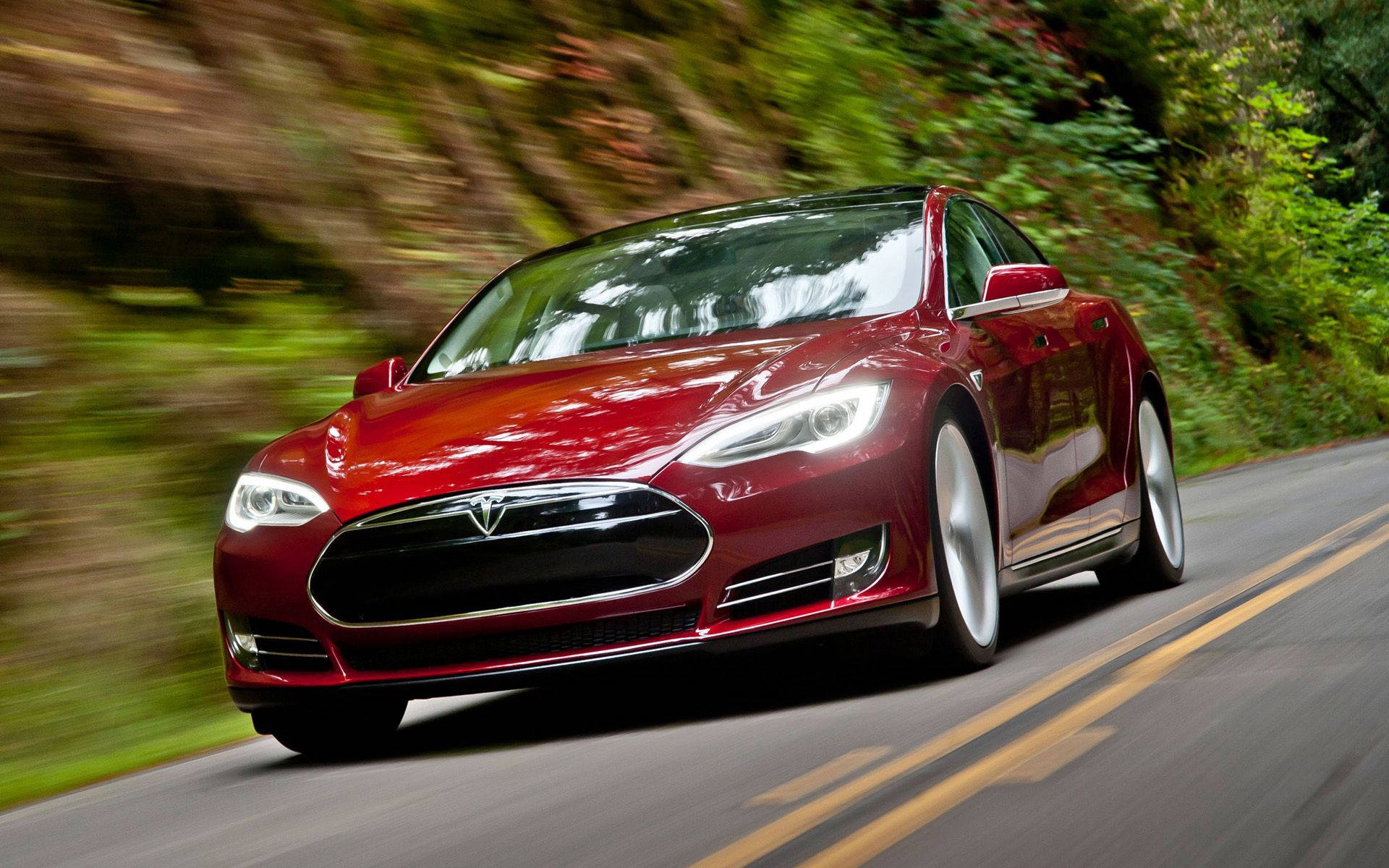
Understanding your Tesla’s brake system is important for keeping it working well and lasting a long time. Teslas have a special regenerative braking system that reduces wear on parts like brake pads and rotors. However, you still need to take care of the regular brakes, even though they are used less often. Regular maintenance can help prevent rust and corrosion.
Understanding Your Tesla’s Brake System
The regenerative braking mechanism used by Tesla is a smart system that captures the energy when the car slows down and turns it into electric power to recharge the battery. This process not only extends the range of Tesla vehicles but also reduces the wear on regular brake parts, meaning they need to be replaced less often. This combination of efficiency and safety is what makes driving a Tesla special.
At the heart of this system is the brake caliper—a key hydraulic part that holds both the brake pads and pistons. When you press the brake pedal, hydraulic force pushes the pistons against the rotors through the brake pads, making the car stop. Understanding how traditional brakes work together with the regenerative system helps you get the best performance and safety from your Tesla.
Essential Brake Checks and Service Intervals
The cornerstone of a properly functioning brake system is regular maintenance. For those who own Tesla vehicles, this entails conducting checks on the brake pads, rotors, and calipers to assess their state. Though these inspections can be carried out at home, it’s advised by Tesla to have the brake pads professionally examined every 12,000 to 15,000 miles and an in-depth service once per year for assurance that your brakes are functioning as they should.
If you engage in intensive driving activities like towing or high-performance maneuvers, more frequent evaluations along with replacing your vehicle’s brake fluid might be required so that you continue enjoying peak braking performance. Keep in mind that sustaining the effectiveness of your Tesla’s brakes hinges not just on its physical components, but also on your driving habits and how well you maintain the car over time.
Ensuring Optimal Brake Performance
Teslas require a correct break-in procedure for their brakes to achieve and sustain ideal performance, starting with soft braking that gradually intensifies in force before concluding with a period meant to cool down the brakes and avoid early wear.
It’s recommended to use the brakes frequently because regenerative braking technology minimizes traditional brake usage, which can lead to rust and corrosion accumulating on both brake pads and rotors.
Stick to regular maintenance schedules like cleaning and adding lubricant to your Tesla’s brake calipers at least once every 20,000 kilometers or once a year. This is especially important if you drive in areas where roads are treated with salt. This helps keep your vehicle’s braking system quiet and working well. Don’t forget about your tires. They should be properly inflated and in good condition since tire health affects how well your Tesla’s brakes work. By taking care of these things, you ensure your vehicle stays safe and easy to control while driving.
Brake Pads: Inspection and Replacement
Your Tesla’s braking system depends a lot on the condition of its brake pads. It’s very important to check them regularly. If you see signs like worn-out pads or rotors with deep grooves, it means you need to replace them. When you install new brake pads, use Silaramic lubricant on the contact points to make them work better.
After putting in new brake pads, press the brake pedal repeatedly until it feels firm. To make sure everything is working correctly, take a test drive and do some sharp stops to engage the ABS system. Keep checking and maintaining your Tesla’s brakes regularly to keep them in good shape. This includes frequent checks and servicing when needed.
The Role of Brake Fluid in Your Tesla
The brake fluid is a critical component of your Tesla’s braking mechanism, essential for transferring the force exerted on the brake pedal to the actual brakes. Tesla advises that owners test their vehicle’s brake fluid for contaminants and consider changing it every four years to maintain peak performance.
In circumstances where Teslas experience rigorous use, checking the condition of the brake fluid quarterly and replacing if needed is prudent for both safety and dependability. Vehicle proprietors are urged to routinely inspect both levels and integrity of their brake fluid as a preventative measure against complications arising from its deterioration.
Regular Parking Brake Tests
Regular examination of your parking the brake is crucial for maintaining its proper function. When you engage and release it, be alert to any odd sounds or an absence of tension that could signal a problem. Model 3 drivers have the ability to activate their vehicle’s parking brake using specific commands on the touchscreen interface.
Releasing the parking brake in a Tesla is quite simple: by shifting into Drive mode, it should automatically disengage. Nevertheless, if unusual noises continue or there remains no resistance when conducting this test, seeking assistance from Tesla service experts is recommended.
Maintaining the Parking Brake System
Maintaining the parking brake system of your Tesla vehicle is crucial for ensuring both its performance and safety. Regularly applying brake cleaner to the components can help prevent any accumulation of grime, dust, or dirt that could hinder functionality. It’s also important to routinely examine the brake lines to detect signs of damage, leaks, or wear so you can address any issues before they escalate into a complete parking brake system failure. Keeping an eye on your cabin air filter will guarantee a pleasant and clean atmosphere inside your car.
Incorporate these cleaning and inspection procedures into your regular vehicle maintenance routine as proactive measures toward safeguarding not only the integrity but also the operational safety of your Tesla. A diligently cared-for parking brake system ensures both longevity for your car as well as peace of mind during driving experiences.
When to Contact Tesla Service
When it comes to your Tesla’s brakes, it’s crucial to recognize when professional help is needed. Driving with a malfunctioning brake caliper can lead to a complete brake failure, compromising the safety of your vehicle. Brake caliper issues should be addressed by seeking professional assistance as soon as possible to avoid further damage or safety risks.
If a brake caliper is damaged or worn out, it needs to be replaced as soon as possible. It is important to have it done by qualified personnel to ensure proper installation and function. Similarly, brake fluid leakage from the caliper is a critical issue that requires a system inspection by a qualified technician. Because of the importance of vehicle safety and the complexity of proper maintenance, it’s essential to rely on qualified technicians for brake caliper service.
Summary
In summary, maintaining the integrity of your Tesla’s brakes is an integral part of vehicle ownership. Recognizing the distinctive attributes of your Tesla’s braking system and executing consistent maintenance are key to maintaining peak brake function and safety. Opting for DIY care or seeking assistance from certified Tesla service experts, it’s important to remember that routine upkeep serves as a cornerstone for a dependable driving experience with your Tesla. Approach brake maintenance not just as a necessity, but also as an essential component of responsible ownership, ensuring peace of mind while piloting your well-tended automobile.
Frequently Asked Questions
How often should I check my Tesla’s brake pads for wear?
It is essential to have a professional assess the condition of your Tesla’s brake pads at intervals of every 12,000 to 15,000 miles or minimally once per year.
Maintaining regular check-ups for these components is vital for maintaining top-notch safety and performance standards.
What is the recommended replacement interval for Tesla’s brake fluid?
For the sake of ensuring optimal performance, a contamination test of the brake fluid in your Tesla is advised once every four years, with consideration for its replacement at this interval.
Should the vehicle be subject to intense use, it may be required to perform such checks twice a year.
How do I know if my Tesla’s parking brake is functioning correctly?
To maintain the proper operation of your Tesla’s parking brake, it is important to routinely engage and disengage it while being attentive to any strange sounds or an absence of resistance. Keep an eye out for warning lights or error messages on the touchscreen display – this is particularly pertinent for Model 3 owners.
When should I contact Tesla service for brake issues?
If you detect any odd sounds, experience diminished responsiveness from the brake pedal, or see dashboard indicators signaling a problem with the brakes, it is imperative that you get in touch with Tesla service without delay.
Do not procrastinate when dealing with such warning signs.
Can I perform brake maintenance on my Tesla myself?
Certainly, if you possess intermediate mechanical abilities, you are capable of undertaking basic brake maintenance at your residence. More intricate tasks such as repairing brake lines should be entrusted to skilled and certified technicians.

 UNITED STATES
UNITED STATES